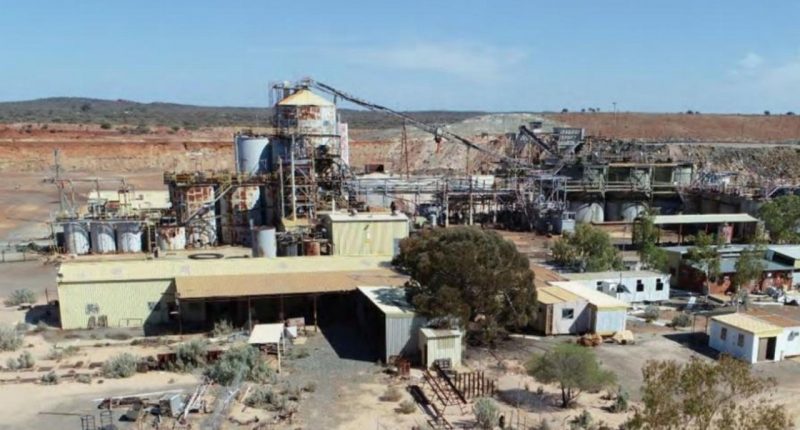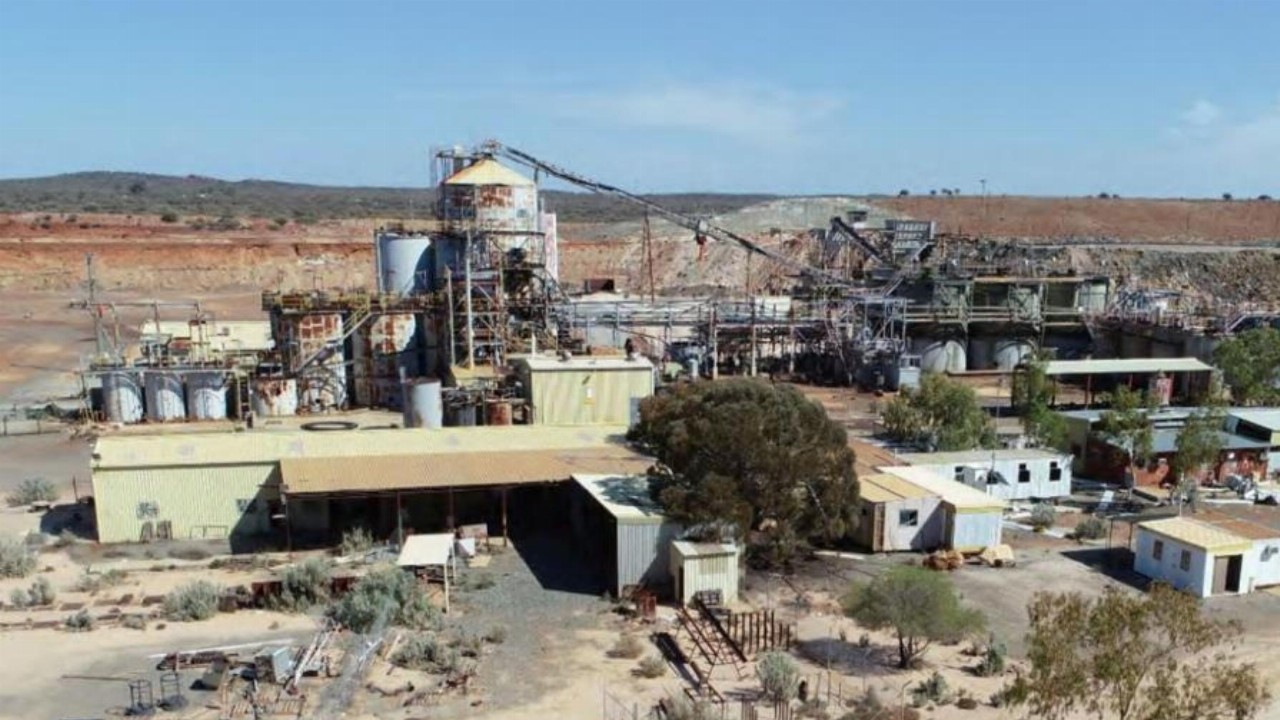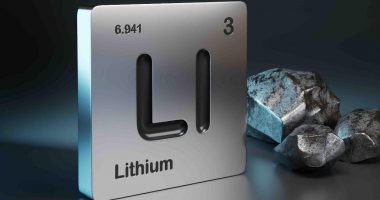- Sabre Resources (SBR) received no significant gold intersections in assay results from drilling at the Bonanza Gold Project in WA
- An aeromagnetic survey was conducted in August 2020 over two kilometres by three kilometres identified northeast and northwest-trending structures that were interpreted as splays off the Youanmi Shear
- However, drilling in November last year intersected no anomalous gold during a 1427-metre aircore program
- A further 595-metre reverse circulation program conducted in January also did not intersect gold, but instead felsic intrusive rocks of varying composition
- The company says this variability was likely to be the cause of the textural features in the aeromagnetic image
- Sabre says they will now assess the geological and geochemical results from the drilling to determine if there are other targets that require drill testing
- The company is in the grey, last trading at 0.7 cents
Sabre Resources (SBR) received no significant gold intersections in assay results from drilling at the Bonanza Gold Project in WA.
Located in Western Australia’s Youanmi Gold mining district, the wholly-owned Bonanza Project is contiguous with Sabre’s other wholly-owned asset, the Beacon Project.
An aeromagnetic survey was conducted in August 2020 over two kilometres by three kilometres, close to Ramelius Resources’ (RMS) Penny West Gold Project. The data was then processed by geophysical consultants that were able to identify northeast and northwest-trending structures that were interpreted as splays off the Youanmi Shear that hosts Penny West.
In November last year, a 1427-metre aircore program was conducted to test this priority target area. Shallow drilling took place on a 400-metre by 100-metre grid to test the regolith profile, but no anomalous gold was intersected. These results also failed to explain the source of the structures interpreted using the earlier aeromagnetic data.
To further test the structures at depth, a 595-metre reverse circulation program was conducted in January. Three of the priority structures were drilled with traverses of holes of 95 metres to 120 metres that penetrated into fresh rock.
The holes intersected felsic intrusive rocks of varying composition and depths of weathering.
The company says this variability is likely to be the cause of the textural features in the aeromagnetic image. Linear boundaries between rock types are usually caused by faulting represented by minor quartz veining and pegmatite intrusions, but this time no gold was associated with the structures.
Sabre says they will now assess the geological and geochemical results from the drilling to determine if there are other targets that require drill testing.
Sabre Resources is in the grey, last trading at 0.7 cents at 10:30 am AEDT.







